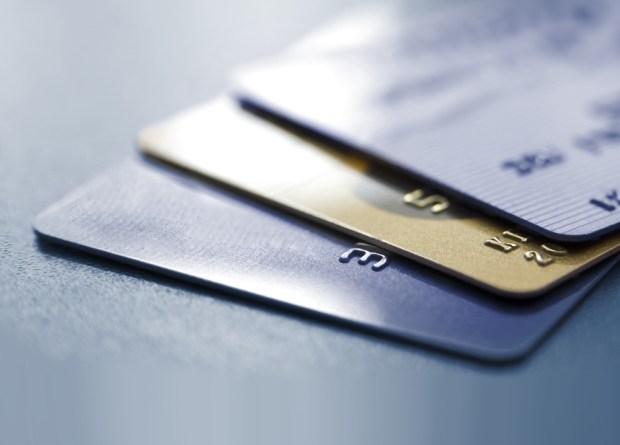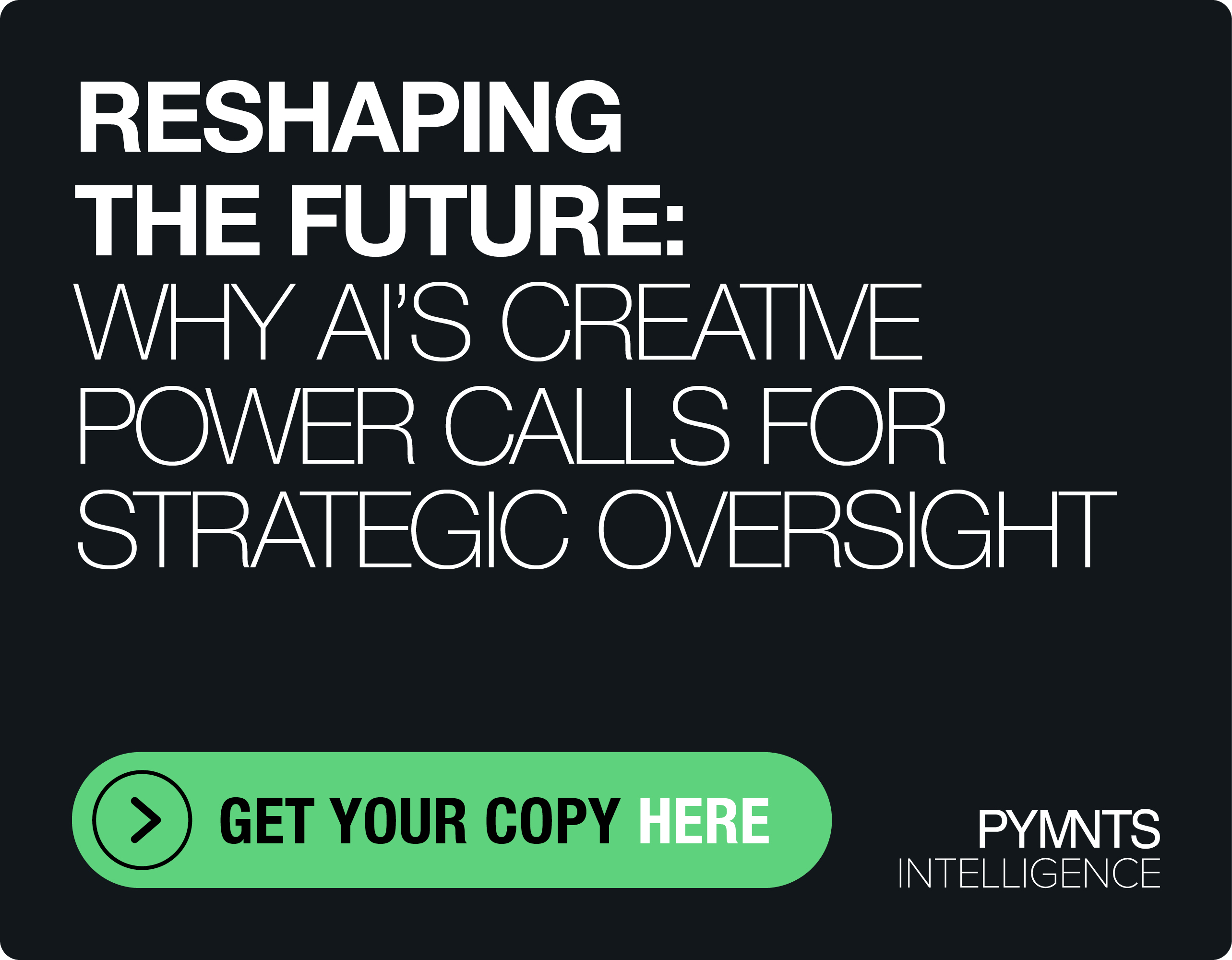Banking On Push Payments For Banking

Peer-to-peer payments show the value and consumer demand for payments pushed directly to accounts. And now the banking industry is ready for its close-up, too. Get ready for a change in business banking for firms large and small, as Ingo Money CEO Drew Edwards weighs in on the value of push payments as a service in the corporate world in the latest #KillTheCheck podcast series with Karen Webster.
In the latest installment of the “Kill The Check” Series, PYMNTS’ Karen Webster sat down with Ingo Money CEO Drew Edwards to delve into the opportunity banks have in helping corporate customers cut back on the time and expense of paper checks.
Past interviews have focused on new ways to digitize the $22 trillion annual paper check industry using push payments. Their latest conversation proved no different. The premise of push payments or peer-to-peer (P2P) payments is getting paid “using a piece of plastic that is in your pocket or in your wallet [or on a device], the same one that you spend money with,” explained Edwards. Like their examination of lenders and insurers, the duo explored both the opportunities and challenges ahead for banks as they navigate the changing needs of their enterprise clients’ treasury operations.
“Business banking is important to banks,” said Edwards, and is marked by a competitive landscape. Bill payments are one of the key relationships between banks and their corporate clients, done across online banking, ACH or check-driven payments.
Edwards said the opportunity is for banks to “raise the bar on technology,” instead of allowing mobile direct payment innovators in Silicon Valley to take customers from them. Banks should offer real-time payments as part of their corporate and treasury offerings to cement client relationships and expand revenue opportunities, especially for small and medium-sized businesses (SMBs) that are paying consumers and suppliers, who themselves might be small businesses.
Treasury management, of course, is still largely check, ACH or file-based, which sends payments out in huge batches. “This is still pretty much old school,” Edwards told Webster. “We have an opportunity here to give the recipient choice on demand and turn this into a high-tech operation.”
Ingo Money’s focus is on smaller banks that do not have the resources to build a complex treasury system on their own. There are a lot of moving parts to consider, he told Webster, from compliance to settlement to working with multiple card and payment networks. Without a partner, smaller banks would require years to get P2P payments up and running.
Should a bank outsource such functions to Ingo Money, the simplest platform would be akin to a “push payments in a box” solution, said Edwards. Branded specifically to the bank and available in batch and real-time options, the solution would include all PCI and other regulatory compliant issues handled by Ingo Money across more than 20 varieties of networks and solutions — from Amazon accounts to PayPal to MoneyGram.
“If speed to market is important, then partnering is your best path,” he told Webster.
